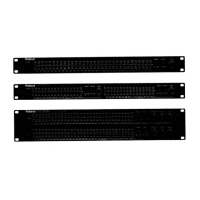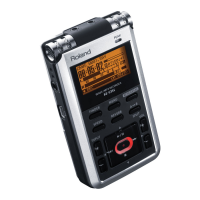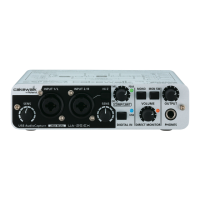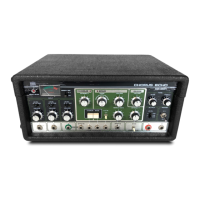Panel Descriptions
4
* If an external device is connected to the SYNC IN jack, the unit synchronizes with the clocks inputted to the SYNC IN jack,
regardless of the MIDI Clock Sync setting.
* Use cables with stereo miniature phone type plugs to connect to/from the MIX IN/OUT jacks. Do not use cables with
monaural mini phone type plugs, as these cables do not work.
* You can use a headset with a 3.5 mm CTIA-type mini plug (4-pole).
2. Mic operations
Adjusts the sensitivity of the mic input.
PEAK indicator
Lights up when the mic’s input level is too high.
Adjust the sensitivity using the [SENS] knob so that the light only illuminates every once in a while.
3. Effect switches
Adjusts (corrects) the pitch of your voice.
Adds a harmony to your voice.
Changes your voice to a vocoder voice.
4. LOOPER section
Stops playback of the recorded audio. Long-press to delete the recorded audio.
[â/ó] (play/record) button
Press to start recording and play back recorded audio. Long-press to undo or to redo overdubbing.
* Hold down the [ð] (stop) button and press the [â/ó] (play/record) button to play back the audio you recorded from the
beginning.
5. Display
Display
Shows the tempo.
This affects the SCATTER and MFX cycles.
6. Sound control
Sets the pitch of the voice. You can change the pitch up and down one octave.
Adjusts the formant of the voice. Settings in the negative (–) direction produce a more masculine vocal
character, and settings in the positive (+) direction produce a more feminine vocal character.
[SCATTER] dial
Adjusts the scatter depth and type. The first two digits indicate the type, and the last two digits indicate the
depth.
Adjusts the reverb volume.
7. Jacks and ports
Connect an unbalanced dynamic mic here.
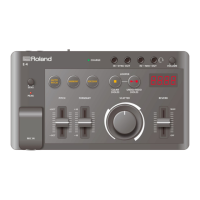
